The wood grain fillers are maybe the most important elements we use not only to just fill the wood’s pores and continue with our next finishing steps , but to give the looks we want to our wood .
The grain fillers have the ability to give to our woodworking project and surface the exact shade – appearance we want in a microscale and that’s why , there’re very important for us .
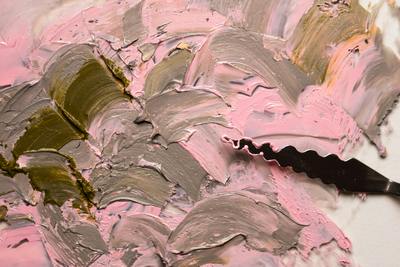
The grain fillers we use in woodworking pre-finishing , are natural elements , chemical elements or combinations of them we use , to fill the wood types with the most open pores – grain , in the deepest depths we can and create specific shades and appearance , the common fillers cannot do 100% .
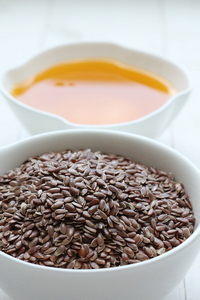
Many elements can fill the wood’s pores and become fillers , primers , sealers , et.c , but the ability of the grian fillers is that they’re designed primarily , to go the deepest possible inside wood and do their grain filling job .
I’ve picked some very classical grain fillers to buy , if you go to THIS path .
Why are the grain fillers such a Flexible approach ?
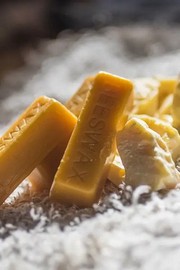
The wood grain fillers are a very flexile pre-finishing material and approach , because they can be combined not only with natural finishing elements , but with chemical based ones , with excellent results .
If you manage to penetrate wood very deep with your grain filler to an open grained wood and take the shade and protections you want , then you can use whatever finishing coating you like .

All the natural and chemical products , are suitable for your last coating layer .
If you want to see the complete article for the natural & chemical finishing combinations , go HERE .
All wood fillers , are the Same more or less ?
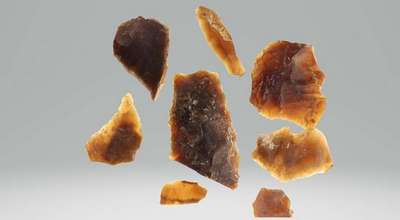
In this pre-finishing area of the woodworking , the materials we use to accomplish our specific missions are so many and the combinations are so countless , that it’s very natural many people be confused .
Many people have in mind that all fillers – sealers – primers – restorers , et.c , are the same and there is no big deal and differences between them .
This isn’t the case of course and every single product is made to do a specific job , the best possible it can mainly and they cannot do all the “missions” in a top level .
What is a top Natural grain filler ?
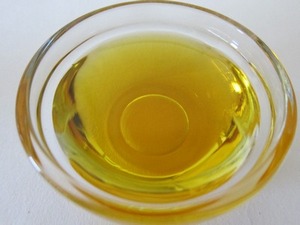
All the natural oils are great grain fillers and if you warm them a little before their use , they can penetrate really deep inside the wood’s grain and fill its gaps and pores , very efficiently .
The beekeepers , are boiling their hives to linseed oil , in order to have the deepest penetration possible .
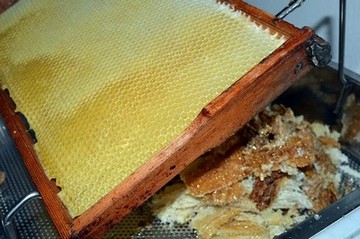
My favorite oil for this job is the linseed oil ( pure or boiled ) and it’s a very fine choice as a grain filler to all the types of open grain wood .
If you want to purchase the most classical linseed oil products , go HERE .
What is a top Natural grain filler combination ?
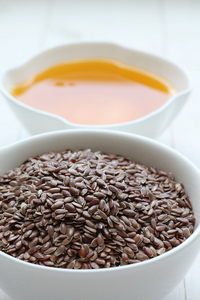
You can warm up your linseed oil and use it on your wooden surface you’ve sanded before , without cleaning it from the wood dust and let the oil drift the dust , very deep inside the wood’s grain .
It’s a very effective way to fill the grain naturally and not only fill the grain deep , but also strengthen the wood in general , because when the linseed oil dries , it becomes a very solid element .
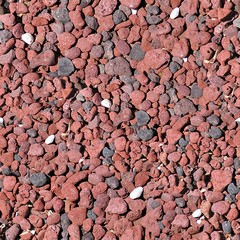
You can also combine the linseed oil with pumice stone which is natural element too , having the same approach and applying with the wood dust .
See in HERE , the primary post for the majority of the wood natural finishing combinations .
What is a top Natural grain filler for Outdoors ?

If you want to fill the grain of an outdoor project , the pure teak oil is a fine solution and you’ll get also the protection it gives from the bugs and fungi .
You can combine it also with the wood dust and pumice stone , having the linseed’s oil approach . You can make whatever combination you want with natural oils – dust and pumice stone , in order to get the result you like .
Can i use a grain filler and a filler , the Same time ?
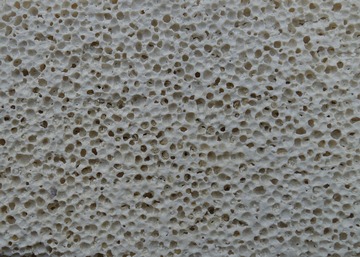
Yes , you can and you can use the grain filler to go the deepest it can inside an open grain wood , let it dry and then you can use a filler to seal the grain filler and prepare your wood , for the next steps .
Can i use a grain filler and a Sealer , the same time ?
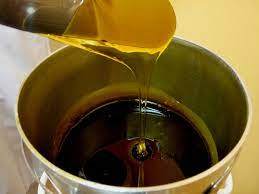
Yes , surely you can and the result will be a very solid one , because the sealer will seal and protect the previous job , you’ve done with the grain filler , filling the grain deep .
Get some nice sealers from the Amazon store , in HERE .

Just be careful to take the shade and appearance you want and always consider , what looks will give the last finishing coating to your wood , having this specific substrate .
Always visualize what looks your last coating will give to your wood project in general , having underneath it , the elements you’ve used as a pre-finishing process .
This is crucial for your general looks of your project and the success of it , that’s why making pre-tests and experiments to a small piece of the same wood , are crucial .
Can i use Beeswax , above the grain filler ?
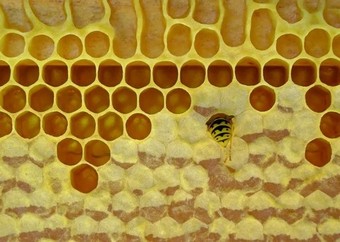
Yes , certainly you can and if you get the exact shade you want , you can use only a nice grain filler to fill the pores of an open wood type and a beeswax above it , only .
It’s not necessary to use any other element if you like and your wood has the color – appearence you desire . You can wax your surface and leave it .
Remember only that above the wax , we don’t use anything else . Wax blocks any other element which tries to penetrate wood inside .
Wax is the final stage of our finishing always , if we use wax of course .
The best Beeswax & more for you to get from the stores in HERE .
The wood grain fillers is an important stage of the preparation we should make , especially when we deal , with an open grained wood type , or we have big gaps to our wood .
We cannot avoid its usage .
Keep woodworking and fill your “soul’s grain” with happiness.
